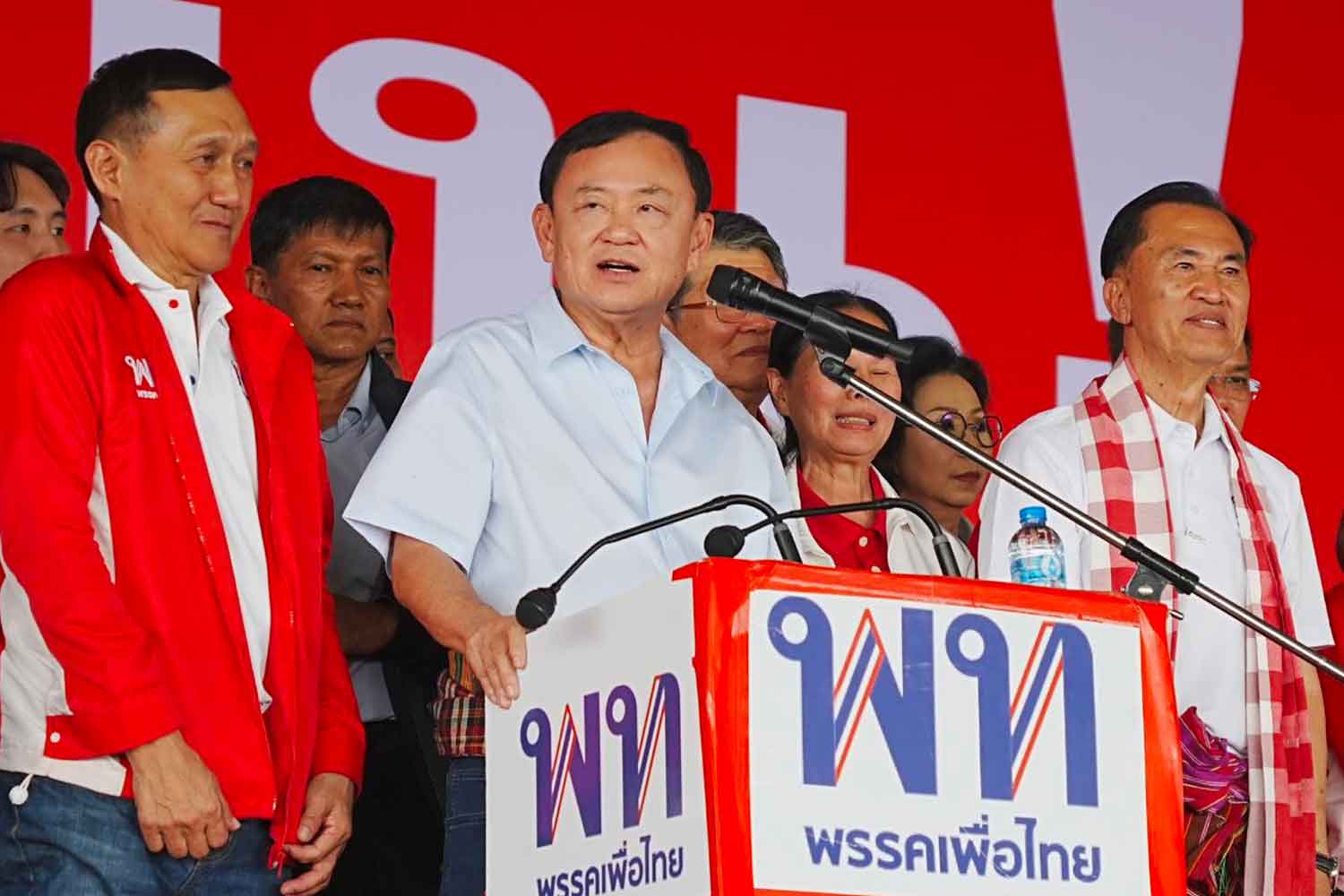Facing Steep Tariff Challenges
Economic Impact Looms Large
Thailand’s export sector faces significant challenges as the United States plans to impose a 36% tariff on all Thai goods starting August 1, 2025, threatening a contraction in the second half of the year. With the US accounting for 18% of Thailand’s $54.96 billion export market, industry leaders warn of severe economic harm. The tariff, higher than those on competitors like Vietnam (20%) and Malaysia (25%), could erode Thailand’s competitiveness, per 2025 trade data.
Competitive Disadvantage Emerges
Losing Ground to Regional Rivals
The disparity in tariff rates puts Thailand at a competitive disadvantage, with orders potentially shifting to Vietnam and Malaysia, which secured lower rates. Business leaders highlight that Vietnam’s success in reducing its tariff to 20% through zero-tariff concessions on US goods offers a model for Thailand. This shift could disrupt Thailand’s key export sectors, including electronics, automotive parts, and processed foods, which rely heavily on the US market.
Threat to Foreign Investment
Deterring Global Investors
High tariffs may deter foreign direct investment (FDI), with investors favoring countries like Vietnam due to lower trade barriers. Thailand, a hub for 3 million SMEs and manufacturing, risks losing its appeal as a production base, per 2025 economic forecasts. Industry experts urge the government to explore strategies to maintain Thailand’s attractiveness, such as diversifying export markets to Europe and the Middle East to offset potential losses.
Strategic Negotiations Underway
Revising Proposals for Relief
Thailand’s government is actively revising trade proposals to negotiate a lower tariff rate before the August 1 deadline. Finance Minister Pichai Chunhavajira expressed optimism about securing a reduction, noting a revised proposal was submitted after feedback from US officials. With 60% of Thai businesses anticipating export declines, per industry surveys, the government plans to model Vietnam’s approach, potentially offering zero tariffs on US imports like corn and natural gas.
Exploring Long-Term Solutions
Balancing Trade Partnerships
To mitigate tariff impacts, Thailand must balance relations with major trade partners like the US and China while exploring new markets. The Thai Chamber of Commerce emphasizes long-term strategies, such as leveraging trade agreements like RCEP and accelerating FTAs with the EU, to reduce reliance on the US, which accounts for a $45.6 billion trade deficit. Diversifying markets could stabilize Thailand’s 9% GDP export exposure, per 2024 ING estimates.
Collaborative Industry Response
Planning Countermeasures
The government is engaging with industry stakeholders to assess tariff impacts and develop countermeasures, with meetings scheduled at Phitsanulok Mansion and with the Joint Standing Committee on Commerce, Industry, and Banking. Commerce Minister Jatuporn Buruspat stressed evaluating structural changes to Thailand’s export model, including tariff reductions on US goods, to maintain competitiveness for 40 million online Thai consumers and global partners.








